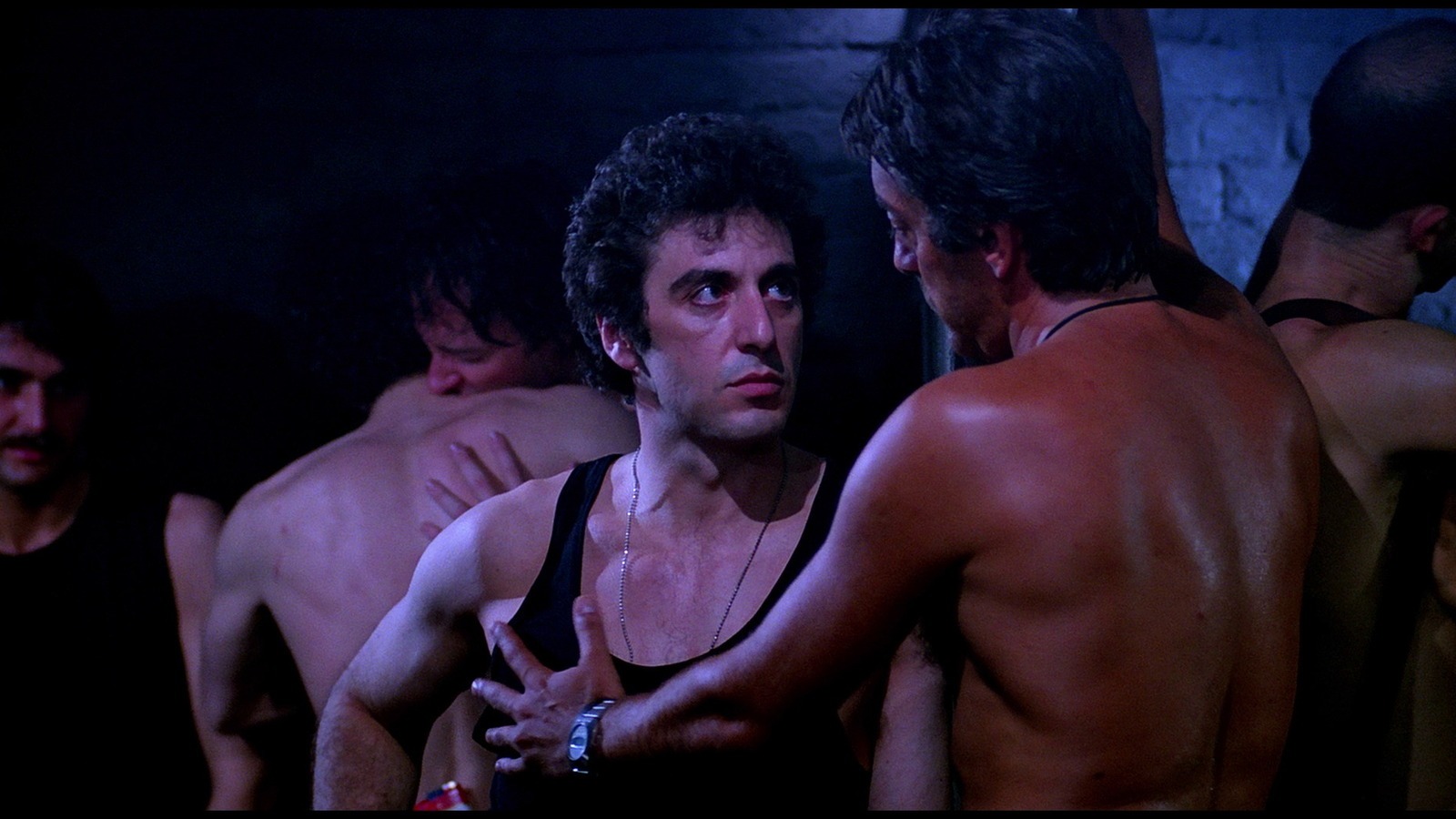On the 7th of August, it was announced that William Friedkin had passed away at 87. Friedkin’s diverse, divisive body of work has often been associated with the wave of “New Hollywood” films that emerged at the end of the 60s as part of a new generation of filmmakers that pushed the boundaries of what had been done hitherto, such as Francis Ford Coppola, Peter Bogdanovich, and Martin Scorsese.
It would be tempting to define Friedkin’s filmmaking exclusively through his most (in)famous film – the 1973 horror classic The Exorcist. While it remains his best-known (and possibly best) film, his body of work is wide-ranging and complex in a way that so often feels ignored, with people instead focusing on the provocative, shocking moments that appear throughout his career, from The Exorcist through to one of his final films, the grimy southern gothic Killer Joe (2011).
Friedkin’s films are often about people at war with themselves, whether its the clash between priests and an ancient demon or the messy explorations of masculinity and queerness that define films like The Boys in the Band (1970) and Cruising (1980). Through a decades-long body of work, Friedkin proved himself to be a filmmaker of depth and range, offering films that could get under your skin in a multitude of different ways.
The entry point is… Boys in the Band (1970)
One of Friedkin’s earliest films, coming just before the incendiary one-two punch of The French Connection and The Exorcist a year later, The Boys in the Band might seem like an odd choice for an entry point into the filmmaker’s work. After all, it isn’t necessarily as widely known or critically acclaimed as his other work from the 70s. But in many ways, Boys feels like the blueprint for his films that would ensue. The sharp-tongued story of a group of gay friends who get together for a party where all hell breaks loose, Boys captures Friedkin as a director who is combative, of course, but also one driven by empathy for outsiders. The politics of Boys might feel a little aged and creaky – you might struggle not to roll an eye at its final plea – but Friedkin creates not only a palpable tension and claustrophobia that would recur throughout his work but also a tenderness and understanding that still feels rare today; a willingness to embrace his characters with all of their flaws, rather than in spite of them.
The one everyone’s seen is… The Exorcist (1973)
The inclusion of The Exorcist was inevitable here. Friedkin’s most famous film is also perhaps the most well-known horror movie ever made. Full of controversy over its visceral content, and with preview screenings leaving audiences running screaming away from the theatre, The Exorcist is the ultimate horror thrill ride, with everything from spinning heads and projectile vomiting to the line “your mother sucks cocks in hell.” Beneath the surface of the outrage and shock, The Exorcist remains one of the most finely crafted horror films of all time. The performances from Ellen Burstyn, Linda Blair, and art house icon Max Von Sydow are among the best the genre has to offer.
Necessary viewing… Cruising (1980)
While the divisive politics of Boys in the Band might be one thing, that has nothing on the outrage that surrounded Friedkin’s Cruising, the lurid tale of a man who stalks and kills gay men in New York’s leather community. It would be so easy to dismiss the film as homophobic, but doing so would be an injustice to a film that remains daring and combative over 40 years later. Charming and attractive everyman Steve Burns (Al Pacino) has a passing physical resemblance to the men being killed, and gets assigned the case of trying to track down the killer. What follows is a lurid, labyrinthine journey into leather bars, S&M, and the prickly question of queer self-loathing. The messiness and willingness to engage with difficult themes in Cruising are classic examples of what makes Friedkin’s work so endlessly compelling.
The under-appreciated gem is… Bug (2006)
One of the things that becomes clear as you go through Friedkin’s filmography is that one of his great skills is being able to bring plays to the cinema screen. Alongside films like The Birthday Party (1968) and Boys in the Band, Friedkin’s adaptation of Tracy Letts’ play Bug is another example of his ability to bring the intensity and claustrophobia of a theatre stage to his work. Friedkin was transparent throughout his career when it came to both critical responses to his films and his own favourites: he seemed to have a soft spot for Birthday Party, Boys in the Band, and Bug. While critics at the time called it a horror story, Friedkin insisted it was a melodrama, black comedy, and love story. While those might not seem like the genres where you’d find Michael Shannon acting at the height of his powers, Bug is the perfect cocktail of strange, visceral, and morbidly moving. In other words: a perfect example of Friedkin at his best.
The deep cut is… The Birthday Party (1968)
Friedkin’s adaptation of The Birthday Party, the first full-length play of British dramatist Harold Pinter, is the kind of thing that it’s tempting to write off: a passion project for the director that became a financial flop. And while Harold Pinter might not seem like the most natural source material for a director like Friedkin (full of uncertainty and understatement, in contrast to the more visceral challenges Friedkin presents to his audience), the film is the perfect example of a diamond in the rough. At a run-down seaside resort, it may or may not be Stanley’s birthday. He’s given a gift – a toy drum – and celebrations ensue. But these are cut violently short by the arrival of two strange, cryptic figures who become totalitarian interrogators. The violence here is all psychological, and the drama of the film is enigmatic until the credits roll.

